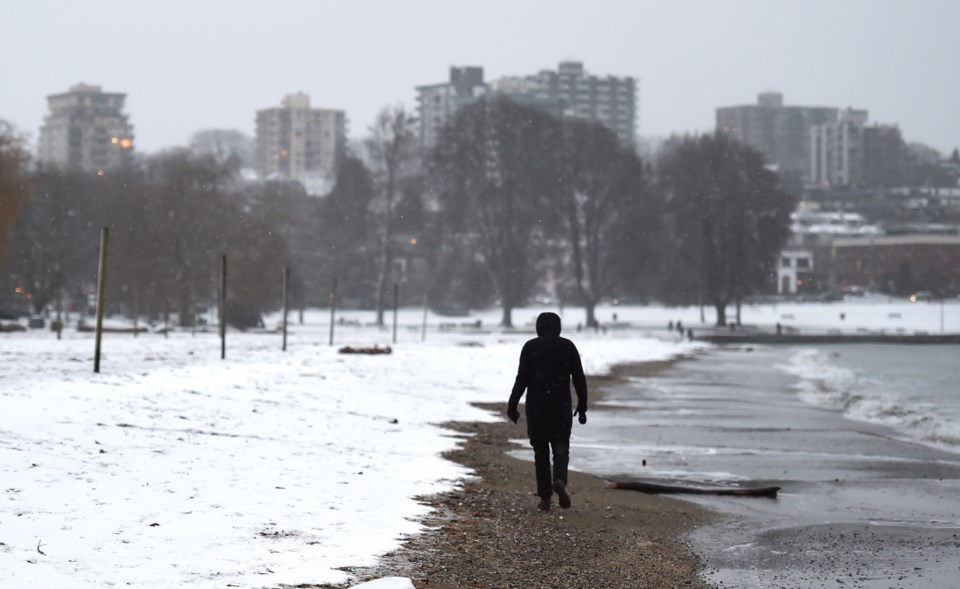The freezing cold is not something Vancouver has to face too often, but occasionally winter winds and icy snow arrives.
Ice has actually played an important role in the place we now know as Vancouver, and while winter weather isn't as iconic to the area as other parts of Canada, it's still a part of life here, every once in a while.
So here are five icy facts while the city thaws out.
1. Burrard Inlet ice breakers
Even during the recent deep freeze the waters of the Burrard Inlet between Vancouver and Port Moody didn't freeze; at least not in a significant way.
That's not a big surprise, probably. While the Fraser River can get icy, literally, the Burrard Inlet is full of salty seawater, which doesn't freeze as easily as the shallow river fresh water coming from the cooler interior.
However, it's not impossible. For example in 1942 the Burrard Inlet was choked up with six-inch thick ice for at least a mile. In some places it was even a full foot thick.
According to a news article from the time make-shift ice breakers were pressed into service, with huge logs being used. At least a couple of boats were badly damaged by the ice.
At the same time, people could skate out onto the inlet near Port Moody. Many tripped getting back to shore due to the slope caused by water freezing as the tides changed.
2. Metro Vancouver has a glacier
Glaciers may seem like a far-off feature of mountain tops and northern climes.
Well, Metro Vancouver does include some mountain tops, and nestled in there (for now) is the Coquitlam Glacier.
3. The first Winter Olympics opening ceremony held inside
To be fair, the Vancouver 2010 Olympics were the first opening ceremonies to be held inside for either the winter or summer games.
That was in part due to the size of the city, the weather, and the availability of a venue (BC Place).
Part of the Olympics rulebook says the Olympic torch needs to be visible to everyone in the host city; that's why Wayne Gretzky had to leave the stadium and drive over to the outdoor torch at Jack Poole Plaza.
4. The Canucks don't use a Zamboni
A Zamboni is a well-known tool used for resurfacing ice at hockey rinks around the world, except they don't use one at Rogers Arena.
Zamboni is a copyrighted name; the slow-moving vehicle is an ice resurfacer. However, Zambonis are a bit like Jacuzzis, Band-aids, or Kleen-ex. The brand name has become synonymous with the (somewhat clunky) actual name of the product.
The Vancouver Canucks use an Olympia, built by a family-run company in Ontario.
5. Vancouver used to be under ice, and under sea level
Ice literally moulded Vancouver.
The city was under an ice sheet thousands of years ago, which carved out some of the geological formations in the area.
Also, ice is really heavy, and the ice sheets pushed down on the area when they existed
In a government research paper, it's estimated that parts of the Fraser Valley, for example, were pushed down as much as 250 m. When the ice sheets melted, the land bounced back (very slowly) and moved above sea level.



